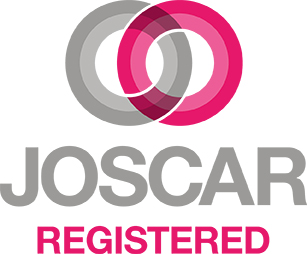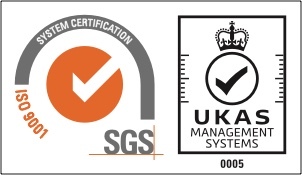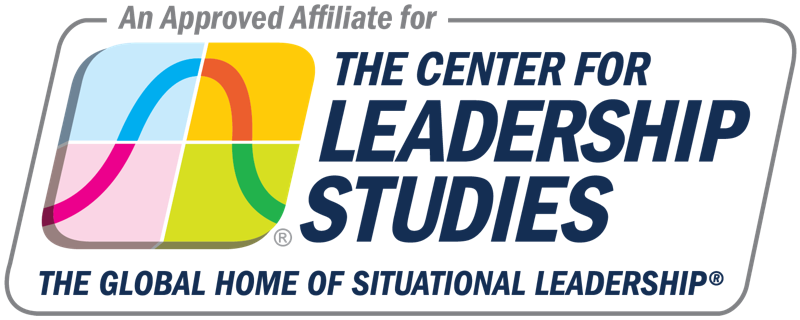
Which is the right approach for your staff?
Wednesday, 27th September 2017
By, GBS Corporate Training
#Delegation #Leadership #SituationalLeadership @gbscorporate
Delegation is one of the most important and effective Leadership skills. The dictionary defines delegating as 'entrusting (a task or responsibility) to another person, typically one who is less senior than oneself'.
"If you really want to grow as an entrepreneur, you've got to learn to delegate." Richard Branson
Delegation improves efficiency when it allows work to be transferred to people whose skills are a better match for the work. As a Leader, you possess important skills and abilities that you can pass onto your team members. The best way of doing this is to coach them in the relevant/new skills and then delegate tasks to them so that they are able to use, practice and hone those new skills.
Delegation is a win-win when done appropriately. However, that does not mean that you can just delegate anything to anyone. Sometimes, your employees need you to support them, or to coach them, and may simply not yet be ready for you to delegate tasks to them.
Take the example of someone who is completely new to a task. If you simply delegated that task to them, then they would likely feel abandoned by you, and would probably not succeed in the task. In the opposite situation to this, you may micromanage someone who had been doing their job effectively for many years, and who would be perfectly competent at undertaking tasks without your support. As a result, they may feel resentment that you have chosen not to delegate tasks to them. Therefore, getting it wrong can therefore lead to demotivation, which in turn can lead to a reduction in productivity in your company, and even staff turnover.
A big dilemma for Managers, and particularly those new to Leadership, is when to support and when to delegate.To determine which approach is the most appropriate, following the fundamentals of the Situational Leadership® model are very useful, in particular understanding the performance readiness of each of your employees.
Get it right through Situational Leadership®
According to the Situational Leadership® model, there is no single optimal leadership style, and successful Leaders adjust their styles based on follower ‘performance readiness'.
Performance readiness is an employee’s readiness to perform in a given situation as determined by two factors:
- Follower ability
- Follower confidence
The theory, developed by Paul Hersey, is based on the ’readiness’ level of the people the Leader is attempting influence. Readiness is the extent to which followers have the ability and willingness to accomplish a specific task. Ability is the knowledge, experience, and skill that an individual possesses to do the job and is called job readiness. Willingness is the motivation and commitment required to accomplish a given task.
The style of leadership depends on the level of readiness of the followers.
In a previous blog, we discussed the four Leadership styles within the model. Each style is appropriate for employees at different levels of follower readiness. Follower readiness, a mix of ability and confidence/willingness to do the job or task, can be broken down into 4 stages below.
| R1 - Low follower readiness - refers to low ability and low willingness of followers i.e. those who are unable and insecure |
| R2 - Low to moderate follower readiness - refers to low ability and high willingness of followers i.e. those who are unable but confident |
| R3 - Moderate to high follower readiness - refers to high ability and low willingness of followers i.e. those who are able but insecure |
| R4 - High follower readiness - refers to high ability and high willingness of followers i.e. those who are both able and confident |
It is down to the Leader to assess the performance readiness of his or her employees, or peers, and then determine the most appropriate leadership style to use with them. The Leader must assess their performance readiness against the particular task being carried out also. The following table illustrates appropriate Leadership style against the performance readiness of an employee:
| Follower Readiness | Most Appropriate Leadership Style |
| R1: Low confidence/ability | S1: Telling |
| R2: Confident but lacking skills | S2: Selling |
| R3: Higher skills but lacking confidence | S3: Participating |
| R4: High skills, High Confidence | S4: Delegating |
It would be wonderful to have each of our employees at the R4 level, where we would be able to delegate all tasks to them, but we know that is very uncommon. We typically have employees at every level of follower readiness and therefore must lead them with the applicable behaviour.
“The Situational Leadership® Model provides Leaders with an understanding of the relationship between an effective style of leadership and the level of readiness followers exhibit for aspecific task”. The Center for Leadership Studies
Therefore, when assigning tasks to team members, it is important to assess their performance readiness to determine whether they are ready or able to take on the task, which also determines the level of support they may require from you. Getting your Leadership style wrong can have severe consequences for you as the Leader, for the team and for the individual staff member, as well as performance consequences for your company as a whole.
Great Leaders support and delegate – they don’t abdicate!
As a Leader you have a significant impact on your employees motivation and therefore, their effectiveness and satisfaction. The power of effective Leadership comes not just from your individual efforts but also from the cumulative efforts of your team. Leaders cannot be effective by trying to do all the work themselves or by getting too involved in day-to-day details of running the organisation. When done well, Leadership support can save time and money, motivate your team, and build employees’ skills and knowledge.
When you delegate to someone, you give him or her responsibility for something, but you stay in the information loop. This means that you know at what point you might need to get involved again and maybe provide support to them in some way. Abdicating is when you give somebody responsibility and then you disappear and you’re not in the information loop and you leave them without any future support from their Manager.
Getting your leadership style wrong and providing the wrong sort of support (or no support at all) for your staff can lead to disastrous results:
- Employees become cynical and mistrusting of a Leader who abdicates, feeling they have been abandoned, and that affects employee morale in a way that can affect productivity
- Without Leadership direction, employees adopt a "what's the point" attitude, because they perceive Leadership abdication (often wrongly) as the Leader not caring about the work or about them
- The point of work, the meaning of the work, gets lost. One of the functions of the Leader involves helping employees find meaning in their job functions, however mundane. An employee who sees his or her work as lacking meaning is an employee who will either burn out, or simply stop caring, and performing
- Direction is lost. Tasks aren't completed properly or at all, you have unhappy customers, missed deadlines, financial problems — all of which you discover well after the fact because you abdicated those tasks...and disappeared!
GBS can help to make you a great Leader and delegator
Leadership training on understanding performance readiness is a powerful way to equip Leaders with the tools to better understand why their own attempts at delegation succeed or fail in the day-to-day cycle of management.
The Situational Leadership® Model equips Leaders around the globe with the skills necessary to address challenges, drive behavioural change and increase productivity in the workplace.
GBS provides a series of Situational Leadership training courses related to different applications of the model. We help Leaders to learn to appropriately balance their Leadership style with proper alignment to the performance readiness of their staff.
We will help you recognise when and how your staff need support, how to coach them and what effective delegation looks like. We will help you to understand your own Leadership style preferences, and how they may map to the performance readiness of your own staff members.












